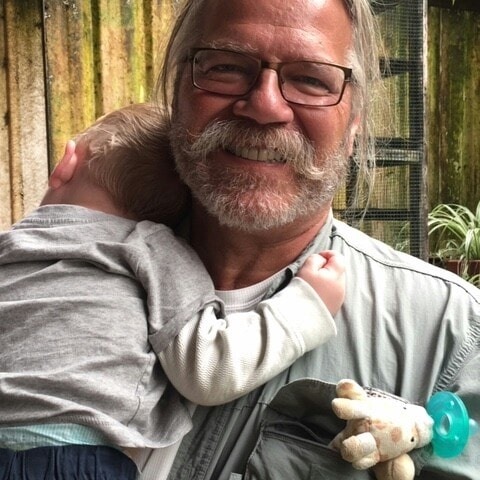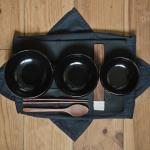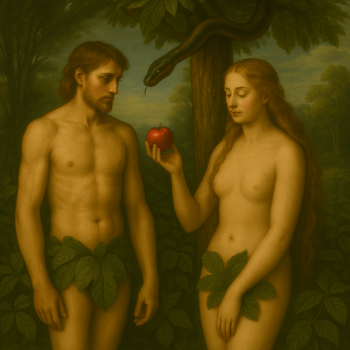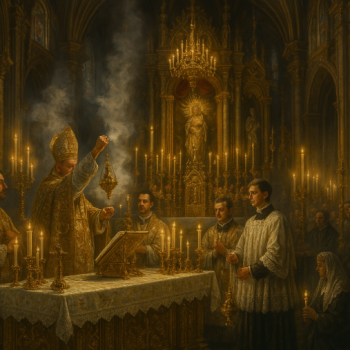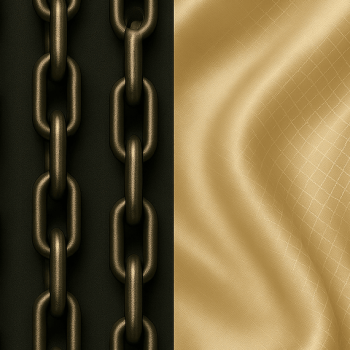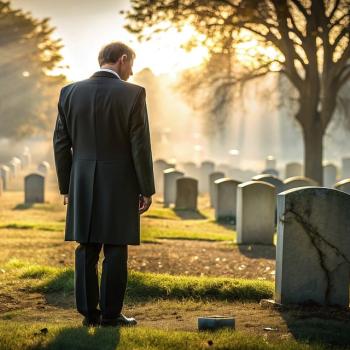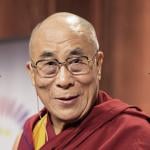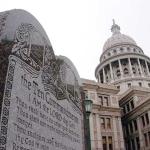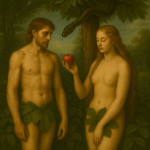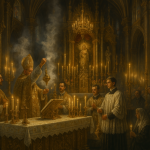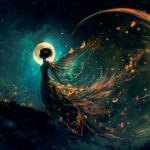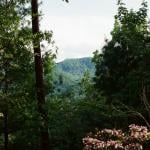Creativity and spirituality have a lot in common. My wife, Jill, an artist, recently spoke at a Unitarian Universalist church on “Creativity and Spirituality.” She began with some definitions:
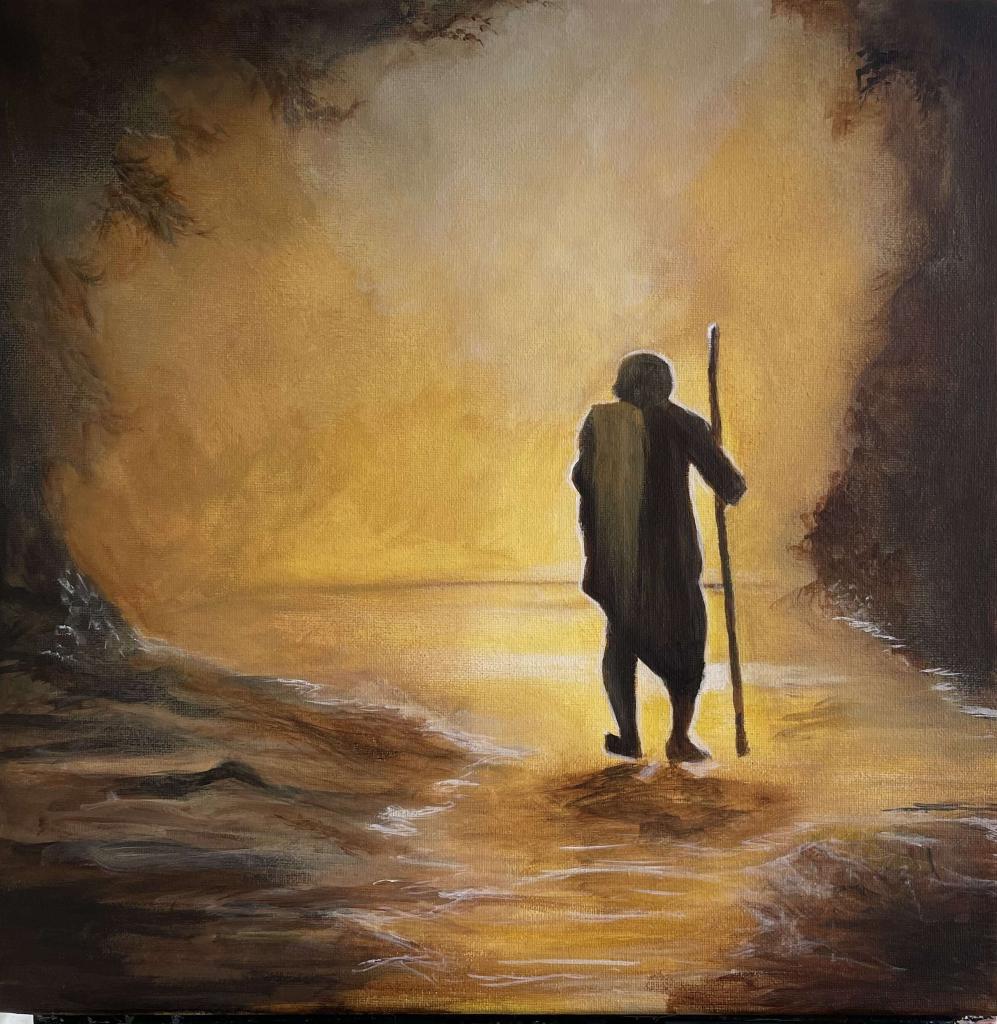
“A process of discovery, of paying attention. An act of deep listening to our emotions desires, and thoughts, deciphering truth in how we relate to the Divine, ourselves and others. It’s a journey.”
“The ability to see the world from different views and in a new way.”
“A worldview of life based on a belief that there is more to life than what meets the sense. It is a journey to discover truth.”
So, the first two are definitions of creativity, and the third is a definition of spirituality. Do you see the similarities in the journey, the listening and seeing, the relatedness, and the search for truth? And do you see that there are more similarities than you initially realized? Me too.
Creativity and Flow
Thus, we find creativity everywhere, including our dealings with families, our friendships, our careers and our everyday lives. Also, she reminded us that children are natural creators. Unfortunately, discouragement, fear of failure, fear of judgment and lack of confidence can stifle our innate creativity. (These factors can stifle our spirituality, too.)
She listed four pillars of creativity (and spirituality), including authenticity, courage, curiosity, and wonderment. Creativity (and spirituality) encourages us to ask questions, explore new things, keep an open mind, practice self-reflection, question conventional beliefs and practices, and recognize connections, patterns and relationships.
Some say that creativity is mindfulness in motion. Creativity, like athletic training or spiritual practice, allow us to experience “flow,” an intuitive state beyond rational thought. Sometimes, in flow, we feel as if we are one with the paintbrush, the tennis racket, or the source of inspiration. For example, one audience member recalled experiencing flow while creating a spreadsheet.
Mihaly Csikszentmihalyi defined flow as “a human state of optimal functioning, a dynamic balance of challenge and skill, where we become one with our lives, enacting a complete focusing of attention on the task at hand… thus leaving no room in the mind for irrelevant information.” When we express creative energy, we can align with who we are at our core, and that is spirituality.
We can experience flow in spiritual practices such as chanting, dancing, singing, and prayer.
In The Way, I contrasted the Eastern emphasis on acting naturally with the Western emphasis on following rules. When we transcend our egoic selves, we can act naturally and experience flow—conforming to the way of the Universe (for the nontheist) or to the will of God (for the theist) and producing the least harm and the most good.
In Big Magic: Creative Living Beyond Fear, author Elizabeth Gilbert writes, “We are all walking repositories of buried treasure. The hunt to uncover those jewels is spirituality.”
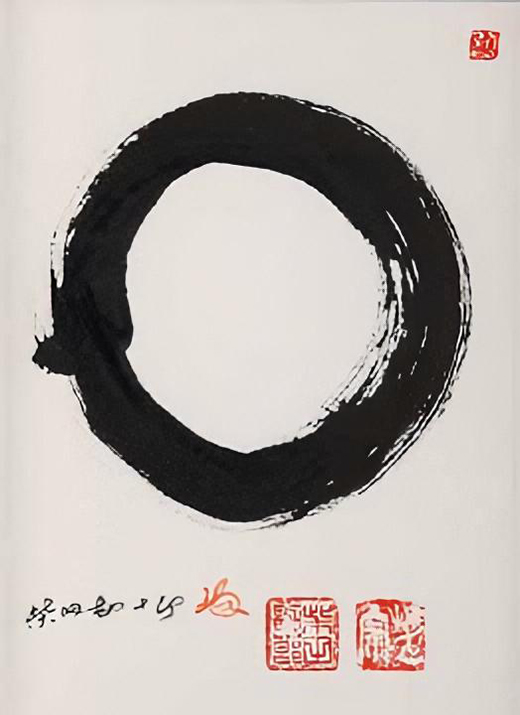
Creativity and Zen
I have a Zen practice, and there have been many books written about creativity and Zen. In Japan, the creative artists, martial artists and spiritual practitioners are urged to find the flow state. Thus, many Zen-inspired paintings are completed in one sitting, without revision, and the iconic enso or Zen circle is typically drawn with one brushstroke.
Creativity bolsters our awareness, and the flow state focuses us on the present moment. Both are essential to Zen practice.
Creativity and spirituality have a lot in common.
If you want to keep up with the latest from You Might Be Right, please subscribe.
The Way is a Silver winner in the 2024 Nautilus Book Awards.
If you enjoyed this article, please leave a comment at the bottom of this page.
Thanks for reading You Might Be Right!!


